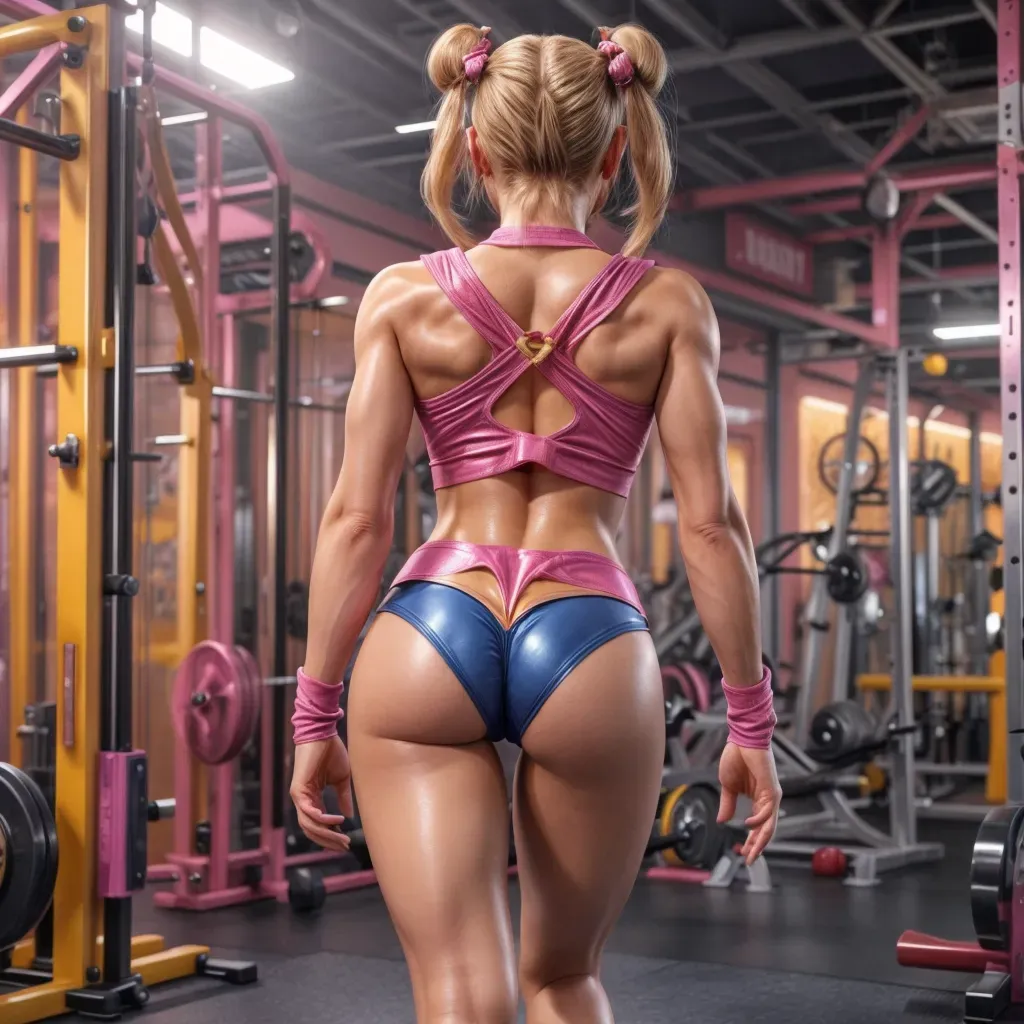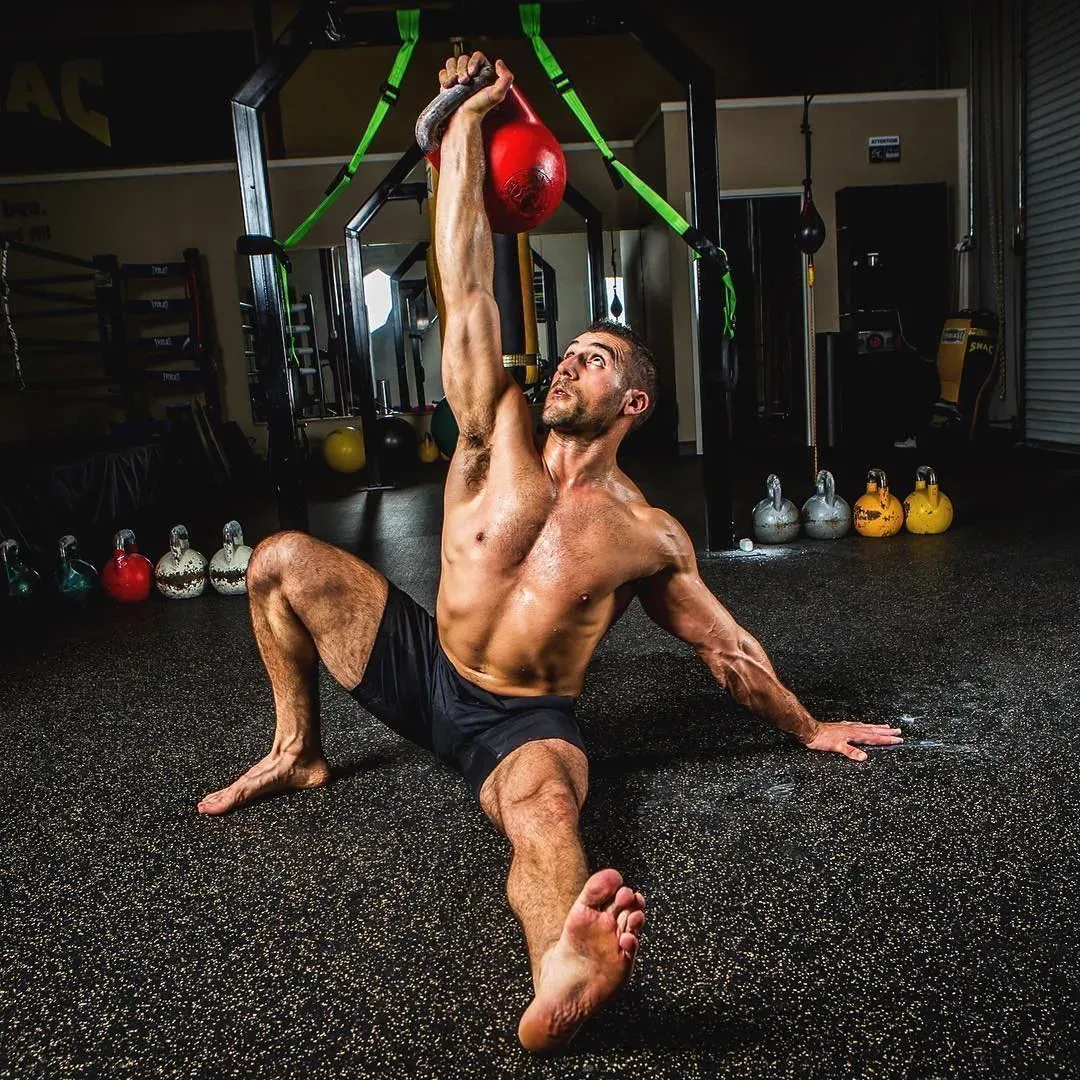Table of Contents
Alright, let's talk legs. Specifically, how to build serious strength and power in them using a simple, effective tool: the kettlebell. Forget the endless machine circuits or the notion that you need a fully-equipped gym. When done right, kettlebell workouts for legs can deliver incredible results, hitting everything from your glutes and hamstrings to your quads and calves, often with less time commitment. But it's not just about swinging weight around wildly. There's a method to the madness, focusing on foundational movements and smart programming. This article will cut through the noise, showing you the essential kettlebell exercises for legs, guiding you on how to build them into a solid routine, highlighting common errors to steer clear of, and giving you the roadmap to keep getting stronger. Ready to ditch the flimsy pins and forge some real lower-body power? Let's get into it.
Why Your Legs Need Kettlebells (Spoiler: They Do)

Why Your Legs Need Kettlebells (Spoiler: They Do)
They Challenge You Differently
Look, barbells and dumbbells are great. Nobody's arguing that. But kettlebells? They're a different animal, especially for your legs. The weight isn't centered neatly in your hand; it hangs below it. This off-center load forces your body to work overtime just to keep things stable during movements. Your glutes, hamstrings, and core have to fire harder to counteract the pendulum effect, making even basic squats and lunges more demanding than they might feel with traditional weights. It's not just about moving weight; it's about controlling a dynamic, sometimes awkward, force.
They Build Real-World Power and Stability
Think about what your legs actually do in everyday life or sports. They don't just push straight up and down. They stabilize you when you walk on uneven ground, they generate explosive power for jumps or sprints, and they absorb force. Kettlebell workouts for legs mimic these real-world demands incredibly well. Ballistic movements like swings build explosive hip drive, while exercises like single-leg deadlifts or goblet squats challenge your balance and hit those crucial stabilizer muscles around your joints. You're not just building big muscles; you're building functional, resilient legs ready for anything.
So, what makes kettlebells stand out for lower body training?
- Unique loading challenges stability
- Develops functional strength for daily life
- Builds explosive power in hips and legs
- Engages stabilizing muscles
- Offers versatility for various movement patterns
Essential Kettlebell Exercises for Legs: Beyond the Swing

Essential Kettlebell Exercises for Legs: Beyond the Swing
Mastering the Goblet Squat
so everyone talks about the swing, and yeah, it's awesome for the posterior chain, but let's not forget the basics. The kettlebell goblet squat is your absolute bread and butter for building serious quad and glute strength. Holding the kettlebell close to your chest, right under your chin, forces you to stay upright and keeps your chest from collapsing. This position naturally helps you get deeper into the squat while maintaining a strong, stable spine. It’s way easier on the shoulders than a barbell back squat for many people, and it instantly highlights any mobility issues you might have in your ankles or hips. Start light, focus on driving your knees out, and sit down between your heels like you're aiming for a tiny invisible chair. This one exercise alone can be a cornerstone of your kettlebell workouts for legs.
Single-Leg Work for Unilateral Strength
Legs don't always work together in perfect harmony in real life, right? Walking, running, climbing stairs – it's all single-leg stuff. That's where unilateral (single-leg) exercises come in, and kettlebells are fantastic for them. Think kettlebell lunges, split squats, or even the challenging single-leg deadlift. Holding the kettlebell in one hand while balancing on the opposite leg (or same side, depending on the exercise) dramatically increases the demand on your core and those smaller stabilizing muscles around your hip and ankle. It helps iron out strength imbalances between your left and right sides, which is crucial for preventing injuries down the road. These movements build balance, coordination, and serious unilateral power, making your kettlebell workouts for legs much more comprehensive than just bilateral lifts.
Which kettlebell leg exercises should you absolutely include?
- Goblet Squat: For foundational quad and glute strength.
- Swings: Powering up the posterior chain (glutes, hamstrings).
- Lunges (Various): Building unilateral strength and stability.
- Single-Leg Deadlift: Targeting hamstrings, glutes, and balance.
- Front Rack Squat: A more advanced squat variation challenging core and quads.
Building a Killer Kettlebell Leg Workout Routine

Building a Killer Kettlebell Leg Workout Routine
Starting Simple: Frequency and Exercise Selection
So, you've got your kettlebell and you know the basic moves. Now, how do you actually stitch them together into something that works? Don't overcomplicate it. For building a killer kettlebell leg workout routine, consistency beats complexity every single time. Start with hitting your legs 2-3 times a week, leaving a day of rest in between. You don't need a million exercises. Pick 3-5 solid movements that cover the major patterns: a squat (like the goblet squat), a hinge (kettlebell swing or single-leg deadlift), and maybe a lunge variation. That's it. Seriously. Trying to do too much too soon is the fastest way to get sore, discouraged, and quit. Focus on nailing the form on those core movements first. Get comfortable controlling the weight through the full range of motion.
Adding Weight and Intensity Over Time
Once you're moving well and those initial weights feel manageable, it's time to turn up the heat. Building a killer kettlebell leg workout routine isn't just about doing the same thing forever. Progression is key. The most obvious way is increasing the weight. If you can easily do 10-12 reps with good form, it's probably time for a heavier bell. But that's not the only trick. You can also increase the number of sets, add more reps per set, shorten rest periods, or use more challenging variations of the exercises (like moving from a goblet squat to a double kettlebell front rack squat). Listen to your body, but don't be afraid to push yourself a little bit each week. That's where the real growth happens.
How do you know when it's time to increase the challenge?
- You can easily hit the top end of your rep range (e.g., 12 reps) for all sets.
- The last few reps don't feel challenging anymore.
- Your form remains solid even when fatigued.
- You feel ready for a heavier weight or a more complex movement.
Avoiding Common Mistakes in Kettlebell Workouts for Legs

Avoiding Common Mistakes in Kettlebell Workouts for Legs
Not Respecting the Hinge Pattern
Alright, let's get real about the kettlebell swing. It's arguably the most popular kettlebell exercise, especially for hitting the posterior chain, which is vital for strong legs. But too many people treat it like a squat, bending mostly at the knees instead of hinging at the hips. This is a cardinal sin in kettlebell workouts for legs. You end up putting unnecessary strain on your lower back and completely missing the point – which is generating power from your glutes and hamstrings, not your quads or spine. Think of it like this: your hips are the engine, your arms are just the tow rope. Your torso should stay relatively straight, and the movement comes from pushing your butt back like you're trying to touch a wall behind you, then snapping your hips forward violently.
Ignoring Core Engagement
This might sound obvious, but you'd be surprised how many people let their core check out during kettlebell workouts for legs. Your core isn't just there to look good; it's the critical link between your upper and lower body. When you're swinging, squatting, or lunging with a kettlebell, a weak or disengaged core means wasted energy and increased injury risk. Your spine becomes unstable, and you can't transfer force efficiently from your powerful legs and hips. Imagine trying to push a car with a floppy rope instead of a solid bar – that's what neglecting your core feels like. Brace your abs like you're about to get punched in the stomach before each rep. This simple cue locks everything in place and makes your kettlebell workouts for legs infinitely more effective and safer.
Common Errors in Kettlebell Leg Workouts:
- Squatting the swing instead of hinging.
- Rounding the back during deadlifts or swings.
- Letting knees cave inward during squats or lunges.
- Ignoring core bracing – leading to a wobbly middle.
- Using weights that are too heavy too soon, sacrificing form.
- Not controlling the eccentric (lowering) phase of lifts.
Leveling Up Your Kettlebell Leg Strength

Leveling Up Your Kettlebell Leg Strength
Pushing Beyond the Basics
So you've mastered the goblet squat, your swings are looking crisp, and you're feeling solid on single-leg work. What's next for your kettlebell workouts for legs? This is where you start getting a bit more creative and challenging. Think double kettlebell movements – holding two bells for front rack squats or even double kettlebell deadlifts. The increased load is obvious, but managing two separate weights also ramps up the core and upper back demand significantly. You can also explore more dynamic movements like kettlebell cleans or snatches, which integrate the powerful hip drive you've built with swings into full-body lifts that crush your legs and conditioning. Or, try tempo work, slowing down the eccentric phase of squats or lunges to build strength and control in vulnerable positions. It's about applying progressive overload in different ways, not just adding weight indefinitely.
Ready to really challenge your legs?
- Try double kettlebell front rack squats.
- Explore kettlebell cleans or snatches.
- Incorporate tempo training into your lifts.
- Experiment with deficit deadlifts (standing on a plate).
- Increase volume (more sets or reps) before adding significant weight.
Your Legs, Forged by Kettlebells
So, there you have it. Kettlebell workouts for legs aren't just a fad; they're a legitimate, effective way to build serious lower-body strength and resilience. We've covered the key moves, the basics of putting together a routine, the pitfalls to watch out for, and how to keep pushing your limits. It requires focus and proper form, sure, but the payoff – powerful, functional legs that are ready for whatever life throws at them – is well worth the effort. Grab a kettlebell, put in the work, and feel the difference.